Nội dung bài viết
Large capacity charging stations not only require a “huge” construction area and infrastructure development, but the equipment used in the station also needs to be commensurate with the design capacity. Taking the example of a large-scale public charging station at the foot of May Chai Bridge – Hai Phong, KTH ELECTRIC proposes quality electrical equipment suitable for this charging station model.
Typical structure of a standard charging station

Depending on the scale and capacity, an electric vehicle charging station can consist of 1-2 charging posts, but there are also charging stations that gather up to 20-30 different AC/DC charging posts. However, a standard electric vehicle charging station is often made up of typical elements such as:
- Electrical cabinet: It is the place where the central controller, switchgear and other protective devices such as lightning protection, leakage protection, etc. are stored. In particular, the charging station’s controller has the ability to communicate with the vehicle’s Battery Management System (BMS – Battery Management System) to determine the appropriate parameters of voltage, current, temperature, and charging time.
- AC/DC converter: Usually integrated in DC charging stations to convert alternating current from the grid to direct current to charge electric vehicle batteries, bypassing the On-Board Charger (OBC) built into the vehicle.
- Charging module: The most important component of the charging station, responsible for controlling the charging process, ensuring stable and safe output current and voltage for the battery.
- Charging connector: Used to connect charging station to electric vehicle. Popular connector types today are Type 1, Type 2, CCS Combo, CHAdeMO and GB/T.
- Display: This is the place to display full information about charging status, charging time, power consumption, voltage, and charging current.
- Cooling system: Including a cooling fan or air conditioning system with a large capacity charging station, ensuring the charging station operates stably at high temperatures, especially important for fast charging stations.
- Lightning protection system: Responsible for protecting the charging station against the effects of lightning.
With the above typical structure, the group of electrical equipment suitable for the charging station includes: electric vehicle charger, distribution cabinet, AC/DC rectifier, central controller, display screen, switchgear, leakage current protection device, lightning protection device, grounding system…
Equipment requirements for high capacity charging stations
High-capacity charging stations are usually DC fast charging, as in Vietnam, the capacity of this type of charging station ranges from 60 – 250kW, and can even reach up to 300kW at VinFast’s super-fast charging stations. To meet such a “huge” capacity level, the equipment requirements for the charging station are very strict, including the main charging equipment and auxiliary equipment.
Requirements for charging posts/charging technology
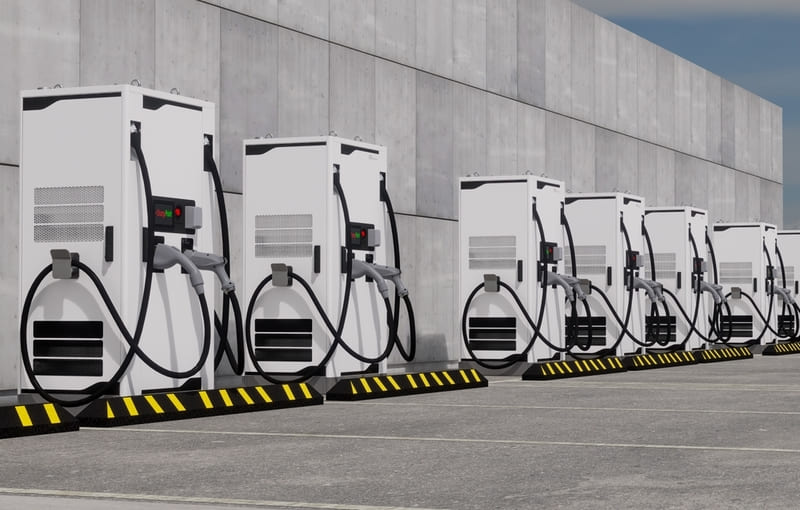
The charging post is the part directly connected to the vehicle and the battery, which determines the vehicle charging speed, so it needs to ensure the following criteria:
- High voltage: Minimum from 200V – 1000V.
- Standard charging port: The most popular in Vietnam are CCS2, CHAdeMO or GB/T, suitable for fast charging or super fast charging.
- Communication Protocol: OCPP (Open Charge Point Protocol) 1.6J or OCPP 2.0.1 allows remote management, monitoring and billing.
- Safety protection: It is necessary to integrate many layers of protection including overcurrent, overvoltage, overheating, circuit breaker, electric leakage, and lightning protection.
- Load balancing capabilities: Requires the ability to flexibly distribute power between charging ports/charging posts to limit load imbalance or overload at some posts.
- IP standards: The electrical cabinet cover of a large capacity charging station needs to meet IP54/55 or higher to ensure complete dust and water resistance.
Requirements for auxiliary equipment
These devices are mainly installed in distribution electrical cabinets and control/protection electrical cabinets, playing the role of protecting and maintaining a stable, quality and effective power source for the charging station.
- Switchgear: Prioritize the use of ACB or MCCB with large rated current to increase protection against overload and short circuit for the entire charging station. In addition, MCCBs can be installed for each group of DC fast charging posts to quickly isolate the problem.
- Leak current detection device: DC leakage current is much more dangerous than AC leakage current, so large capacity fast charging stations need to be equipped with multiple layers of residual current protection (RCBO/RCD/Leakage current protection relay) Type B or Type EV to ensure maximum safety for users and electric vehicles.
- Equipment to ensure power quality: DC charging stations are nonlinear loads, so they can cause harmonics and low power factor, affecting the power quality of the entire charging station. Specialized equipment is needed to overcome this situation such as Reactors, Capacitors or AHF Harmonic Filters.
- Power maintenance device: Power outage is a serious incident at high-capacity charging stations, causing disruption of vehicle charging operations, financial loss and affecting the reputation of investors. Therefore, charging stations need to be equipped with backup power sources combined with automatic power transfer devices such as ATS to limit interruptions in power supply to the station.
- Lightning protection device: Surge lightning is the “enemy” of electronic circuits and power electronic devices at charging stations. SPD – Type 1 or Type 2 surge protection device installed at the main cabinet or charging port input is the optimal solution to minimize the impact of lightning on the charging station.
- Cooling system: Fast charging releases a large amount of heat, which can affect power lines, charging systems, and even vehicle batteries. The charging station should be liquid cooled to effectively remove heat from the high-power charging cables.
In general, for a large capacity charging station to operate effectively and safely, there needs to be a synchronous combination of electrical infrastructure, quality charging system and support and protection devices that meet high industry standards.
Equipment solutions for large capacity charging stations from KTH ELECTRIC
Take the example of the Public Charging Station at the foot of May Chai Bridge, Hai Phong. This is one of the largest and most diverse charging stations built by VinFast, in the Vinhomes Vu Yen area.

This charging station mostly focuses on DC fast charging posts with high capacity from 60 – 250kW, accompanied by standard AC slow charging ports with 11kW capacity, meeting a variety of needs from overnight charging to fast charging, urgent charging for large battery electric vehicles, long distance travel.
With more than 70 AC/DC charging ports of all types, capable of serving more than 300 electric cars at the same time, the public charging station at the foot of May Chai bridge requires a complex distribution system and protection equipment.
Below is an equipment solution from KTH ELECTRIC suitable for installation in large capacity charging stations such as VinFast’s charging station at the foot of May Chai bridge.
| Device location | Function | Suitable KTH ELECTRIC equipment | Illustrations |
| General MSB cabinet | Control and protect the main power source for the entire station | ACB 1600A or 2000A, 4P, responsible for protecting the system from overload and short circuit |  KTH ELECTRIC” > KTH ELECTRIC” > |
| DC branch distribution cabinet | Protects each branch supplying power to a group of high-capacity DC charging posts | MCB 40 ~ 63A C cutting characteristics
MCCB 4P (630A for groups of 2-3 charging posts 250kW, 400A for groups of 4-5 charging posts 120kW) |
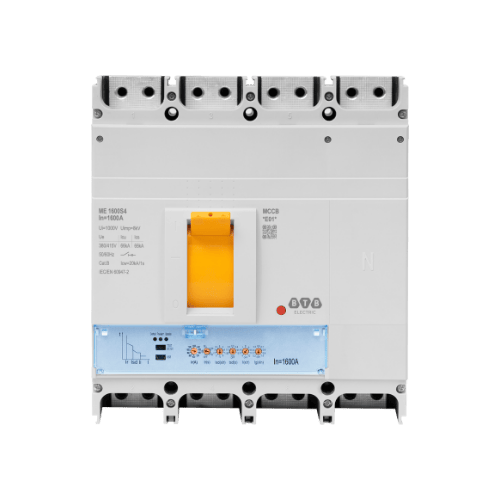 KTH ELECTRIC” > KTH ELECTRIC” > |
| AC branch distribution cabinet | Protects power branches for the 11kW AC charging post and auxiliary loads | MCB 6A – 63A cutting characteristics C
RCCB/RCBO for 1-phase or 3-phase AC circuits |
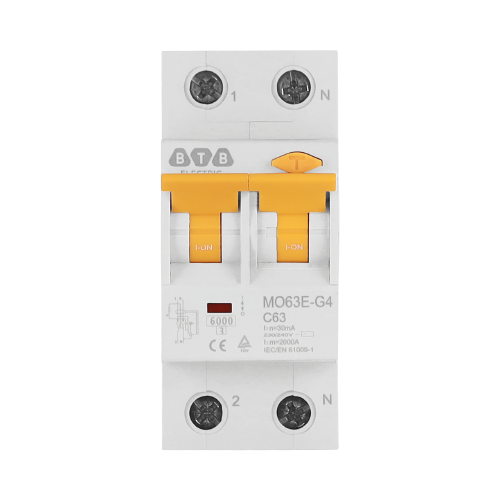 KTH ELECTRIC” > KTH ELECTRIC” > |
| Reactive power compensation system, eliminating harmonics | Improve the cosφ coefficient and improve the power quality of the entire station, reducing penalty fees from Electricity | BDC 3P dry capacitor (capacitor capacity needs to be calculated based on the active power P of the load and the coefficient cosφ
The 7% BRH3 reactor is suitable for eliminating dangerous 7th harmonics for charging stations The AHF BF3 active harmonic filter has the ability to balance load, filter harmonics and compensate for reactive power. |
|
| Main control panel | Automatically switch between main and secondary power sources, minimizing power outage time at the charging station | ATS HK Series or BA Series automatic power changer. For large charging stations, priority should be given to installing small capacity ATS in each charging station cluster to limit the situation where the main ATS fails causing the entire charging station to be interrupted. | 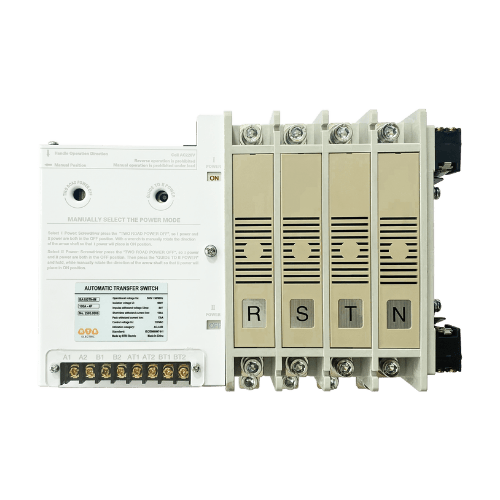 |
| Control circuit inside the cabinet/charging tower | Switching off and protecting the control circuit against overheating/overloading | Contactor, thermal relay, MCB frame 63M to protect 24VDC/220VAC control circuit |  |
Benefits when the charging station uses electrical equipment from KTH ELECTRIC
In Vietnam, the National Technical Regulations (QCVN) on electric vehicle charging stations have not been officially issued. Therefore, electric vehicle charging stations are still applying individual national standards (TCVN) for each component that constitutes the charging station, based on the international standard IEC 61851 of the International Electrotechnical Organization and SAE J1772 of the American Society of Automotive Engineers.
Therefore, to increase compatibility and synchronization between devices in the charging station, investors often prioritize choosing equipment that meets IEC/EN standards. At KTH ELECTRIC, IEC/EN is the basic international standard that our switchgear, control and power quality equipment meets to the highest standards. KTH ELECTRIC‘s selection of European standard equipment is a key factor for large capacity charging stations to ensure:
- Highest safety: KTH ELECTRIC‘s switchgear (MCB, MCCB, ACB) is designed to respond quickly and accurately to electrical incidents such as overload and short circuit, providing comprehensive protection for charging station infrastructure and users in all operating conditions.
- Increase the reliability of the charging station electrical system: With a group of reactors, capacitors, AHF harmonic filters and ATS power converters, the electrical system at the charging station will always ensure continuity and efficiency, limiting problems related to power quality including harmonics, low power factor, load imbalance…
- Standard compliance: By choosing products from KTH ELECTRIC, investors will limit legal issues related to the standards of electrical equipment, while increasing the reputation of the brand.

Frequently asked questions about equipment solutions for high-capacity charging stations
Question 1: Why do large-scale charging stations need a reactive power compensation system?
Reply: The AC/DC converter in a DC charging tower is likely to generate harmonics, affecting the power factor at the station. If the power factor does not meet the standard, not only will it “pollute” electricity quality, but investors will also have to pay fines from the power company. Therefore, a reactive power compensation system is essential at large capacity charging stations, especially DC fast charging, to improve power quality and reduce monthly penalty fees.
Question 2: Why do large-scale charging stations need to use Type B or Type EV leakage current devices?
Reply: Type B or EV leakage current devices are a mandatory requirement for high-power DC fast charging stations because the converters in DC charging posts can generate smooth/pure leakage current or high frequency leakage currents that conventional Type A or AC devices are not capable of detecting. Type B or Type EV devices are specifically designed to detect and protect against stray currents (including AC and DC) present in the charging station, thereby ensuring absolute safety for users.


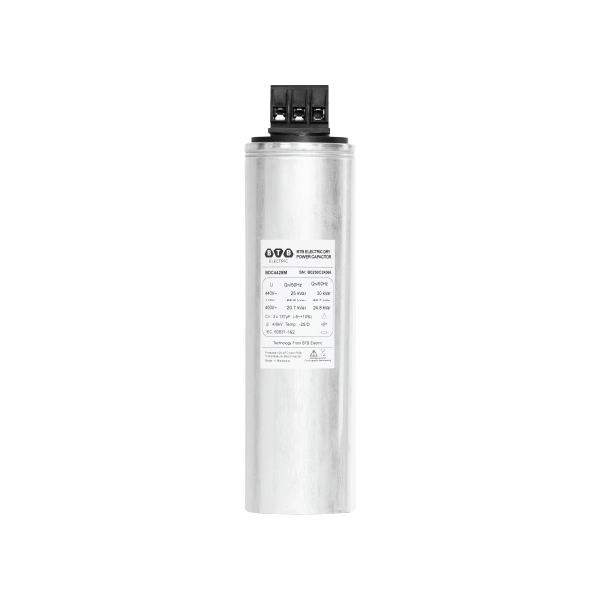

Nội dung được phát triển bởi đội ngũ truonglehongphong.edu.vn với mục đích chia sẻ và tăng trải nghiệm khách hàng. Mọi ý kiến đóng góp xin vui lòng liên hệ tổng đài chăm sóc: 1900 0000 hoặc email: hotro@truonglehongphong.edu.vn